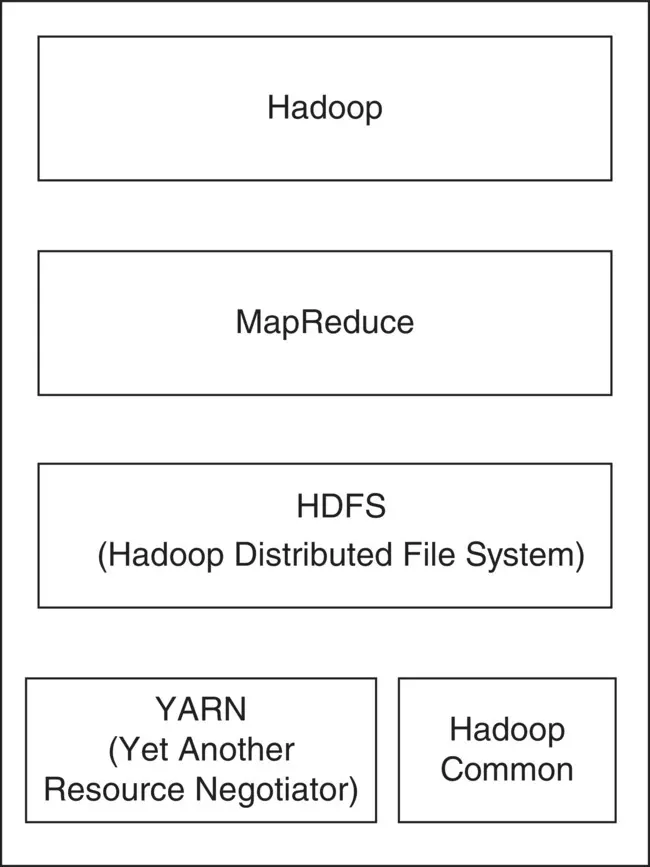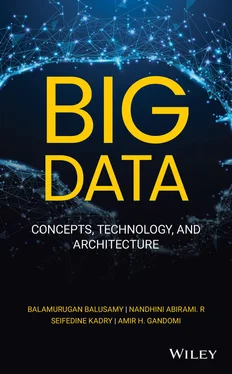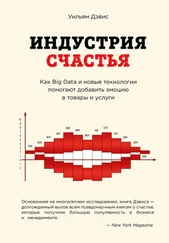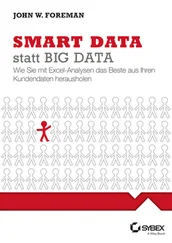1.8.5 Visualizing Big Data
Visualization makes the life cycle of big data complete assisting the end users to gain insights from the data. From executives to call center employees, everyone wants to extract knowledge from the data collected to assist them in making better decisions. Regardless of the volume of data, one of the best methods to discern relationships and make crucial decisions is to adopt advanced data analysis and visualization tools. Line graphs, bar charts, scatterplots, bubble plots, and pie charts are conventional data visualization techniques. Line graphs are used to depict the relationship between one variable and another. Bar charts are used to compare the values of data belonging to different categories represented by horizontal or vertical bars, whose heights represent the actual values. Scatterplots are used to show the relationship between two variables (X and Y). A bubble plot is a variation of a scatterplot where the relationships between X and Y are displayed in addition to the data value associated with the size of the bubble. Pie charts are used where parts of a whole phenomenon are to be compared.
With the advancement in technology, the ways the data are generated, captured, processed, and analyzed are changing. The efficiency in processing and analyzing the data has improved with the advancement in technology. Thus, technology plays a great role in the entire process of gathering the data to analyzing them and extracting the key insights from the data.
Apache Hadoop is an open‐source platform that is one of the most important technologies of big data. Hadoop is a framework for storing and processing the data. Hadoop was originally created by Doug Cutting and Mike Cafarella, a graduate student from the University of Washington. They jointly worked with the goal of indexing the entire web, and the project is called “Nutch.” The concept of MapReduce and GFS were integrated into Nutch, which led to the evolution of Hadoop. The word “Hadoop” is the name of the toy elephant of Doug’s son. The core components of Hadoop are HDFS, Hadoop common, which is a collection of common utilities that support other Hadoop modules, and MapReduce.

Figure 1.12 Hadoop core components.
Apache Hadoop is an open‐source framework for distributed storage and for processing large data sets. Hadoop can store petabytes of structured, semi‐structured, or unstructured data at low cost. The low cost is due to the cluster of commodity hardware on which Hadoop runs.
Figure 1.12shows the core components of Hadoop. A brief overview about Hadoop, MapReduce, and HDFS was given under Section 1.7, “Big Data Infrastructure.” Now, let us see a brief overview of YARN and Hadoop common.
YARN – YARN is the acronym for Yet Another Resource Negotiator and is an open‐source framework for distributed processing. It is the key feature of Hadoop version 2.0 of the Apache software foundation. In Hadoop 1.0 MapReduce was the only component to process the data in distributed environments. Limitations of classical MapReduce have led to the evolution of YARN. The cluster resource management of MapReduce in Hadoop 1.0 was taken over by YARN in Hadoop 2.0. This has lightened up the task of MapReduce and enables it to focus on the data processing part. YARN enables Hadoop to run jobs other than MapReduce jobs as well.
Hadoop common – Hadoop common is a collection of common utilities, which supports other Hadoop modules. It is considered as the core module of Hadoop as it offers essential services. Hadoop common has the scripts and Java Archive (JAR) files that are required to start Hadoop.
1.9.1 Challenges Faced by Big Data Technology
Indeed, we are facing a lot of challenges when it comes to dealing with the data. Some data are structured that could be stored in traditional databases, while some are videos, pictures, and documents, which may be unstructured or semi‐structured, generated by sensors, social media, satellite, business transactions, and much more. Though these data can be managed independently, the real challenge is how to make sense by integrating disparate data from diversified sources.
Heterogeneity and incompleteness
Volume and velocity of the data
Data storage
Data privacy
1.9.2 Heterogeneity and Incompleteness
The data types of big data are heterogeneous in nature as the data is integrated from multiple sources and hence has to be carefully structured and presented as homogenous data before big data analysis. The data gathered may be incomplete, making the analysis much more complicated. Consider an example of a patient online health record with his name, occupation, birth data, medical ailment, laboratory test results, and previous medical history. If one or more of the above details are missing in multiple records, the analysis cannot be performed as it may not turn out to be valuable. In some scenarios a NULL value may be inserted in the place of missing values, and the analysis may be performed if that particular value does not have a great impact on the analysis and if the rest of the available values are sufficient to produce a valuable outcome.
1.9.3 Volume and Velocity of the Data
Managing the massive and ever increasing volume of big data is the biggest concern in the big data era. In the past, the increase in the data volume was handled by appending additional memory units and computer resources. But the data volume was increasing exponentially, which could not be handled by traditional existing database storage models. The larger the volume of data, the longer the time consumed for processing and analysis.
The challenge faced with velocity does not only mean rate at which data arrives from multiple sources but also the rate at which data has to be processed and analyzed in the case of real‐time analysis. For example, in the case of credit card transactions, if fraudulent activity is suspected, the transaction has to be declined in real time.
The volume of data contributed by social media, mobile Internet, online retailers, and so forth, is massive and was beyond the handling capacity of traditional databases. This requires a storage mechanism that is highly scalable to meet the increasing demand. The storage mechanism should be capable of accommodating the growing data, which is complex in nature. When the data volume is previously known, the storage capacity required is predetermined. But in case of streaming data, the required storage capacity is not predetermined. Hence, a storage mechanism capable of accommodating this streaming data is required. Data storage should be reliable and fault tolerant as well.
Data stored has to be retrieved at a later point in time. This data may be purchase history of a customer, previous releases of a magazine, employee details of a company, twitter feeds, images captured by a satellite, patient records in a hospital, financial transactions of a bank customer, and so forth. When a business analyst has to evaluate the improvement of sales of a company, she has to compare the sales of the current year with the previous year. Hence, data has to be stored and retrieved to perform the analysis.
Privacy of the data is yet another concern growing with the increase in data volume. Inappropriate access to personal data, EHRs, and financial transactions is a social problem affecting the privacy of the users to a great extent. The data has to be shared limiting the extent of data disclosure and ensuring that the data shared is sufficient to extract business knowledge from it. Whom access to the data should be granted to, limit of access to the data, and when the data can be accessed should be predetermined to ensure that the data is protected. Hence, there should be a deliberate access control to the data in various stages of the big data life cycle, namely data collection, storage, and management and analysis. The research on big data cannot be performed without the actual data, and consequently the issue of data openness and sharing is crucial. Data sharing is tightly coupled with data privacy and security. Big data service providers hand over huge data to the professionals for analysis, which may affect data privacy. Financial transactions contain the details of business processes and credit card details. Such kind of sensitive information should be protected well before delivering the data for analysis.
Читать дальше





![Алексей Благирев - Big data простым языком [litres]](/books/416853/aleksej-blagirev-big-data-prostym-yazykom-litres-thumb.webp)







